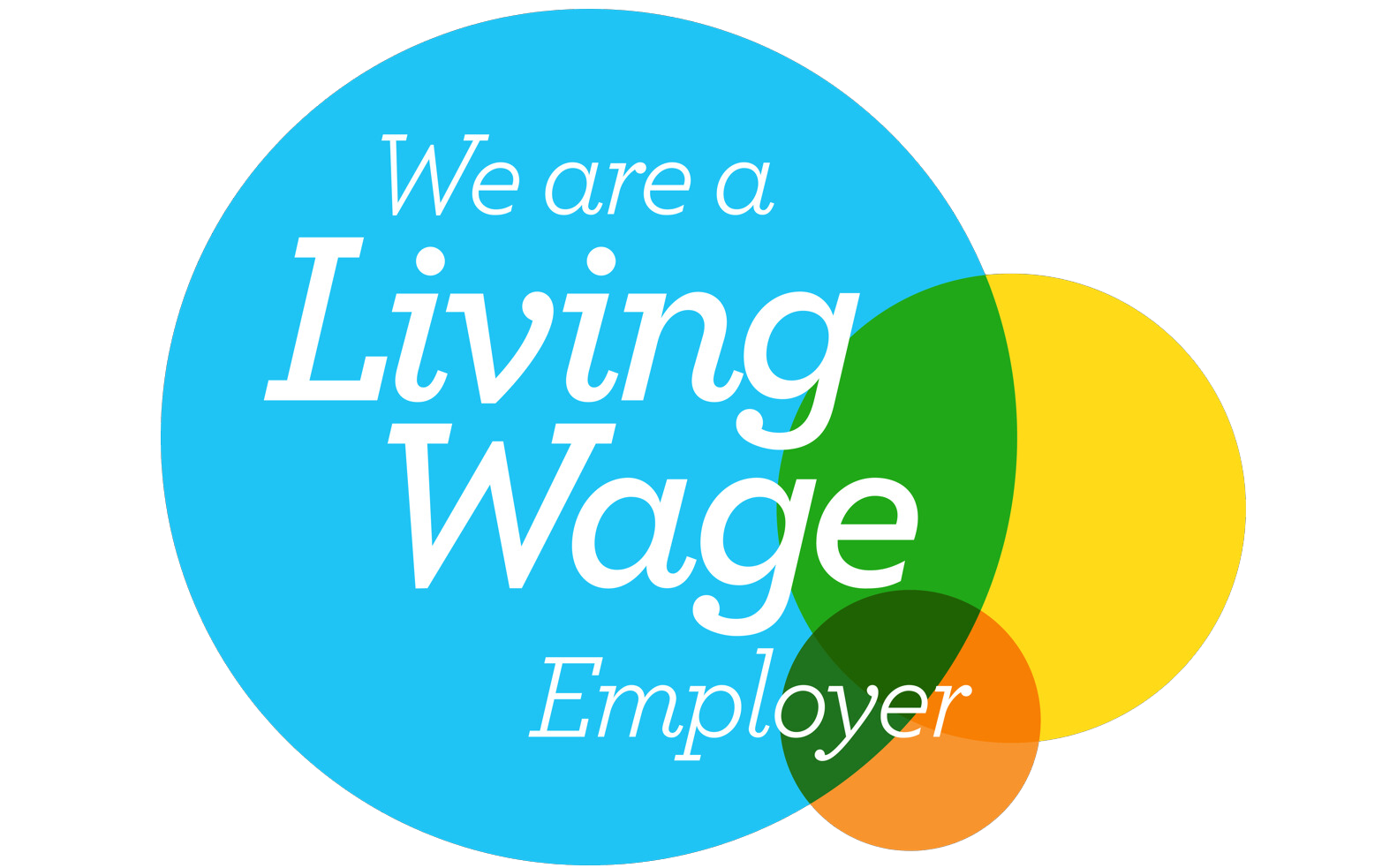There are different elements that go into standing charges and unit rates.
What are the charges?
Standing charge: A fixed, daily charge that you pay to your energy supplier for maintaining the connection to the national grid and administering your energy account. It is usually charged in pence per day and varies from supplier to supplier.
Unit rates: The charges you pay for the actual energy that you use, measured in kilowatt hours (kWh). There are usually two different unit rates: one for electricity and one for gas. These rates can be either fixed or variable, depending on your tariff.
It’s important to note that the way energy bills are structured can vary depending on your supplier and tariff. Some tariffs may have a higher standing charge and lower unit rates, while others may have a lower standing charge and higher unit rates. It’s important to compare tariffs and read the terms and conditions carefully to make sure you understand exactly what you are paying for.
Transmission (TNUoS) charge: A fee that is included in energy bills to cover the cost of maintaining and upgrading the high-voltage electricity transmission network in the UK. This network is responsible for carrying electricity from power stations to local distribution networks, which then distribute it to homes and businesses.
Changes to the Transmission Charge
Starting in April 2023, there will be a significant change in the way that the TNUoS charge is implemented. Instead of being based on consumption units like Triad (Half hourly) and peak consumption (Non half hourly), the majority of the cost (90-100%) will be charged through a new fixed £/day transmission standing charge. This means that regardless of how much energy a customer consumes, they will be charged a fixed, daily fee for using the transmission network.
The aim of this change is to create a more stable and predictable revenue stream for energy suppliers, as well as to encourage energy efficiency and the use of renewable energy sources. It is also intended to provide greater transparency and simplicity for customers, as they will be able to more easily understand and predict their energy costs.
Overall, this change in the TNUoS charge implementation is significant, as it represents a shift away from consumption-based charging and towards a more fixed and predictable charging model. It will be important for energy consumers to understand how this change will affect their energy bills and to take steps to reduce their energy consumption if necessary.
The existing Transmission Charge estimate refers to the amount that energy suppliers charge customers for the use of the high-voltage electricity transmission network in the UK. If you have a passthrough contract with an energy supplier, the transmission element of the contract will be priced either before or after April 2021.
If your passthrough contract was priced after April 2021, then there will be no change to the transmission costs, as the original costs will already be accurate.
However, if your passthrough contract was priced before April 2021, then the transmission element for each MPAN (Meter Point Administration Number) will be repriced as of April 2023. This repricing will reflect the new Triad estimate costs associated with the post TCR (Transmission Charging Reform) locational charges.
Overall, the repricing of the transmission element in passthrough contracts is a necessary step in ensuring that energy suppliers accurately reflect the costs of using the transmission network. Customers should be aware of these changes and understand how they may affect their energy bills. It may be a good idea to review your energy contract and consider switching to a different supplier if you are not happy with the new charges.








